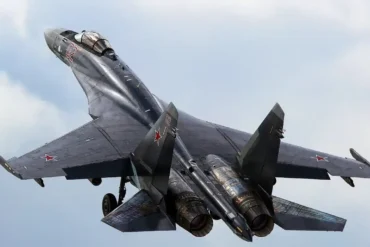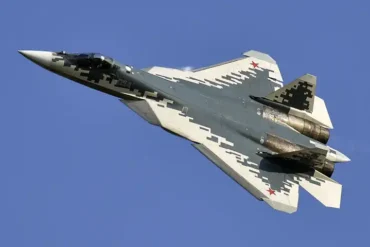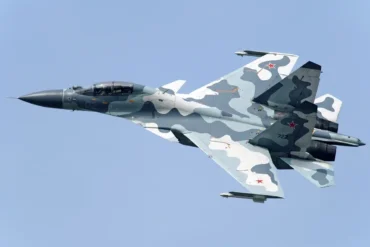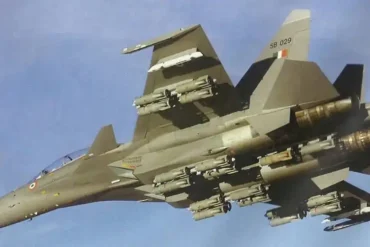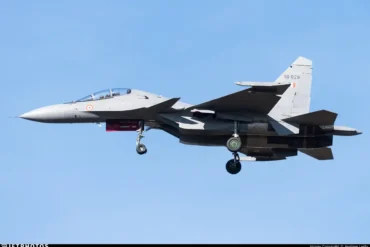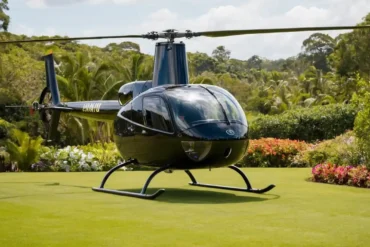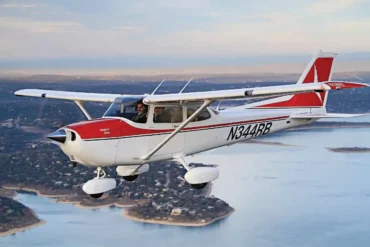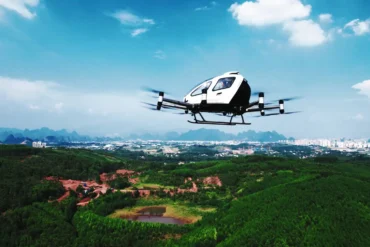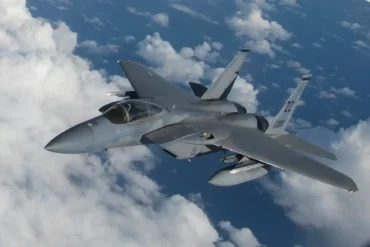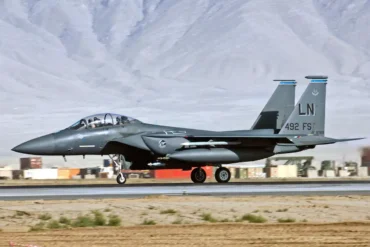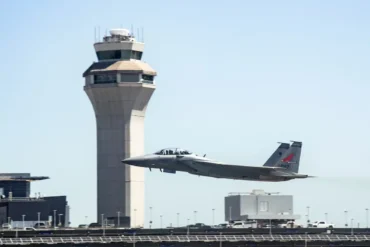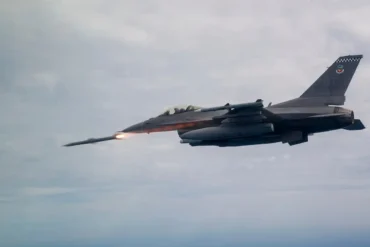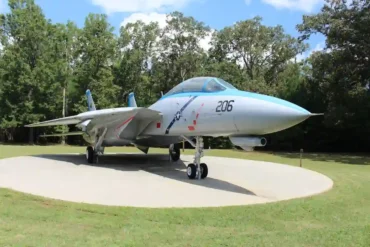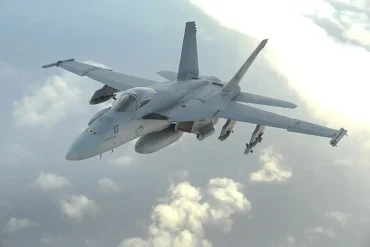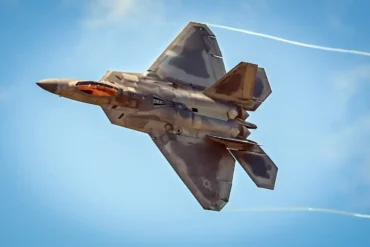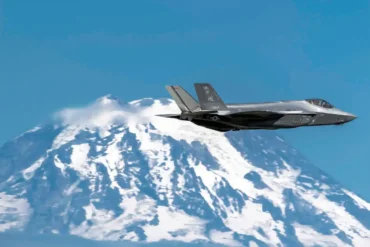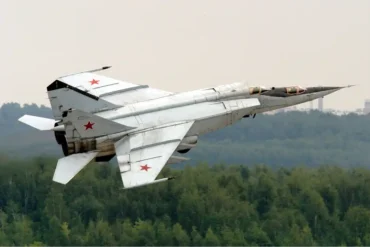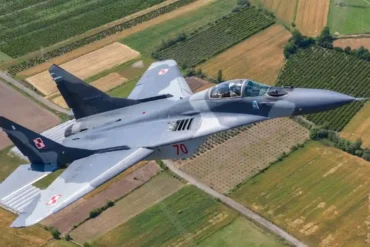The Sukhoi Su-30MKI is a sophisticated, versatile, and high-performance fighter jet developed by Russian aircraft manufacturer Sukhoi. It has become a critical asset in the arsenal of the Indian Air Force (IAF), offering capabilities far beyond many other fighter jets in its class. The question of its cost is one that often arises due to the significant investment required for the acquisition and maintenance of this advanced aircraft.
In this article, we will delve into the detailed breakdown of the Sukhoi Su-30MKI’s cost, examining factors such as its base price, the influence of domestic production, the impact of upgrades, and the overall lifecycle cost. Additionally, we will look at how these costs compare to similar aircraft and the economic considerations involved in procuring and maintaining this powerful multi-role fighter.
Sukhoi Su-30MKI: A High-Tech Multirole Fighter
Before exploring the cost, it is important to understand what makes the Sukhoi Su-30MKI such a high-tech and valuable fighter jet. The Su-30MKI is a twinjet, two-seater multirole fighter designed primarily for air superiority missions. It also serves in a wide range of other roles, including ground attack, reconnaissance, and maritime strike. Its capabilities have made it one of the most formidable jets in the world.
Key Features and Specifications of the Su-30MKI
- Manufacturer: Sukhoi (Russia)
- Wingspan: 14.7 meters (48 feet 3 inches)
- Length: 21.935 meters (72 feet 0 inches)
- Height: 6.36 meters (20 feet 10 inches)
- Weight:
- Empty Weight: 18,400 kg (40,565 lbs)
- Gross Weight: 26,090 kg (57,519 lbs)
- Maximum Takeoff Weight: 38,800 kg (85,539 lbs)
- Fuel Capacity: 9,640 kg (internal)
- Range:
- Normal Range: 3,000 km (1,900 mi, 1,600 nmi) at high altitude
- Low Altitude Range: 1,270 km (790 mi, 690 nmi)
- Ferry Range: 8,000 km (5,000 mi, 4,300 nmi) with in-flight refueling
- Maximum Speed: 2,120 km/h (1,320 mph) / Mach 2.0 at high altitude
- Climb Rate: 300 m/s (59,000 ft/min)
- Engine: 2 × Lyulka AL-31FP afterburning turbofan engines, 123 kN (28,000 lbf) with afterburner
- Radar: Bars passive electronically scanned array radar (with Virupaksha AESA after Super Sukhoi upgrade)
The Su-30MKI is unique in that it is equipped with a combination of Russian, Indian, Israeli, and French technologies, making it highly adaptable and capable in various combat situations. This level of integration of international systems contributes not only to the aircraft’s operational excellence but also to its high production and maintenance costs.
The Cost of the Sukhoi Su-30MKI: Breakdown
Unit Cost of the Sukhoi Su-30MKI
The unit cost of the Sukhoi Su-30MKI can vary significantly based on several factors. As of the latest available data, the price of a new Su-30MKI is estimated to be between $50 million and $65 million. The price varies based on whether the aircraft is produced in Russia or India and the level of customization required.
- Russian Production: A new Su-30MKI built in Russia generally costs around $50 million. However, this figure can fluctuate based on the specifications and the technologies integrated into the jet.
- Indian License Production: The Indian license-built variant, produced by Hindustan Aeronautics Limited (HAL) in India, tends to have a higher price point. The cost is estimated to be around $60 million per unit. This higher cost is due to the local manufacturing process, including the integration of Indian-designed systems, and the domestic labor costs involved in production.
Factors Influencing the Cost of the Sukhoi Su-30MKI
Several factors can influence the cost of the Su-30MKI, beyond the basic price of the aircraft:
- Upgrades and Customization: One of the key factors driving the cost of the Su-30MKI is the number of upgrades and modifications it undergoes. The Indian Air Force has integrated BrahMos missile systems, advanced radar systems (such as the Virupaksha AESA radar), and indigenous avionics into the aircraft, which can raise the price. These upgrades are vital for maintaining the jet’s effectiveness in modern warfare but contribute significantly to the overall cost.
- Maintenance Costs: The Su-30MKI is a dual-engine fighter, and the maintenance costs for dual-engine jets tend to be high. Additionally, the aircraft’s complex avionics and systems require regular servicing and updates, further raising its lifecycle costs. While the Su-30MKI is known for its reliability, the cost of keeping it in top operational condition is not insignificant.
- Lifecycle and Operational Costs: The lifecycle costs of the Su-30MKI, including maintenance, repairs, and upgrades over its service life, can be substantial. It is estimated that the annual operating cost of the aircraft is around $12,000 to $15,000 per flight hour, depending on the level of maintenance and operational requirements.
Export Variants and Their Prices
The export variants of the Su-30MKI, such as the Su-30MKA (Algeria) and Su-30MKM (Malaysia), are slightly different in terms of their pricing due to varying production costs and the integration of regional specifications. The Su-30MKA is estimated to cost around $50 million, while the Su-30MKM is priced at about $55 million. These costs reflect the differing needs and configurations for each country and their specific defense requirements.
Comparing the Sukhoi Su-30MKI with Other Fighter Jets
To understand the cost of the Su-30MKI in context, it is useful to compare it with similar multirole fighter jets:
- F-15E Strike Eagle (USA): The unit cost of the F-15E is approximately $80 million. While the F-15E offers similar multi-role capabilities, the Su-30MKI provides an advantage in terms of range and integration of advanced radar systems at a somewhat lower price point.
- Dassault Rafale (France): The Rafale has a unit cost of about $90 million, making it more expensive than the Su-30MKI. However, the Rafale is known for its stealth features and advanced weaponry, which can justify the higher cost for some air forces.
- Eurofighter Typhoon (EU): The Eurofighter Typhoon is priced at around $100 million per unit, significantly higher than the Su-30MKI. The Typhoon is an advanced, multirole fighter known for its agility, but the Su-30MKI often presents a more cost-effective solution for air forces seeking long-range capabilities without the premium price tag.
In comparison, the Sukhoi Su-30MKI offers a powerful and cost-efficient alternative, especially considering its ability to perform a variety of roles and its advanced weapon systems.
Conclusion: The True Cost of the Sukhoi Su-30MKI
The Sukhoi Su-30MKI stands as one of the most capable multirole fighters in the world, and its cost reflects the advanced technology and customization that go into its production. With a base cost ranging from $50 million to $65 million per unit, the price of the Su-30MKI is competitive when compared to similar aircraft in its class. However, factors like upgrades, maintenance, and lifecycle costs can significantly increase the total investment required to operate and maintain these fighter jets.
For nations like India, where the Su-30MKI is a cornerstone of the air force, the aircraft provides exceptional value for money, offering a robust set of capabilities that make it a potent force in modern warfare. While its initial cost may seem steep, the long-term operational effectiveness and strategic value it provides make the Sukhoi Su-30MKI a wise investment for many air forces around the world.
Understanding the cost dynamics of such a sophisticated fighter aircraft is crucial for making informed decisions, and for those seeking a multirole fighter capable of air superiority, ground attack, and more, the Sukhoi Su-30MKI remains one of the most viable and reliable options on the market today.

